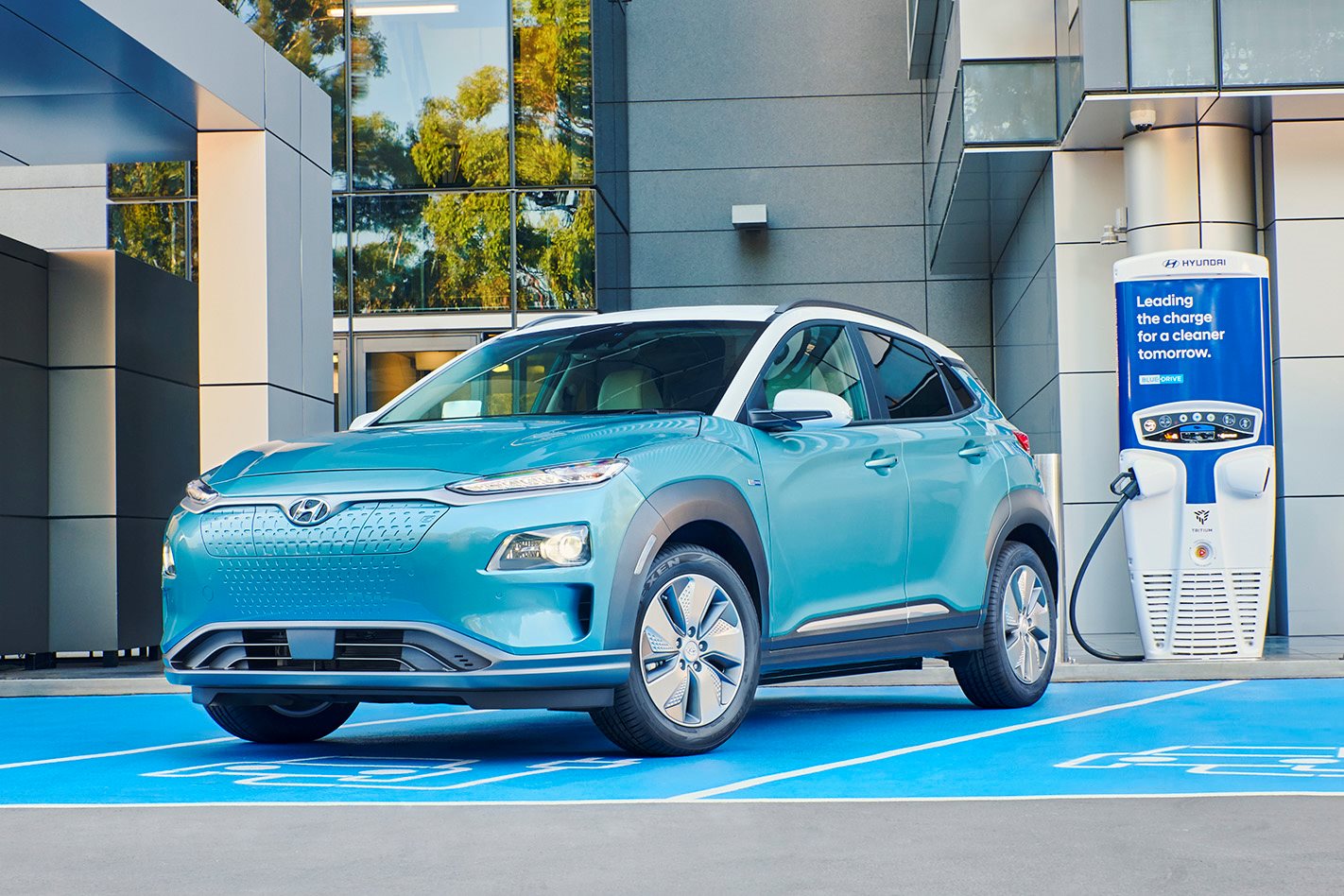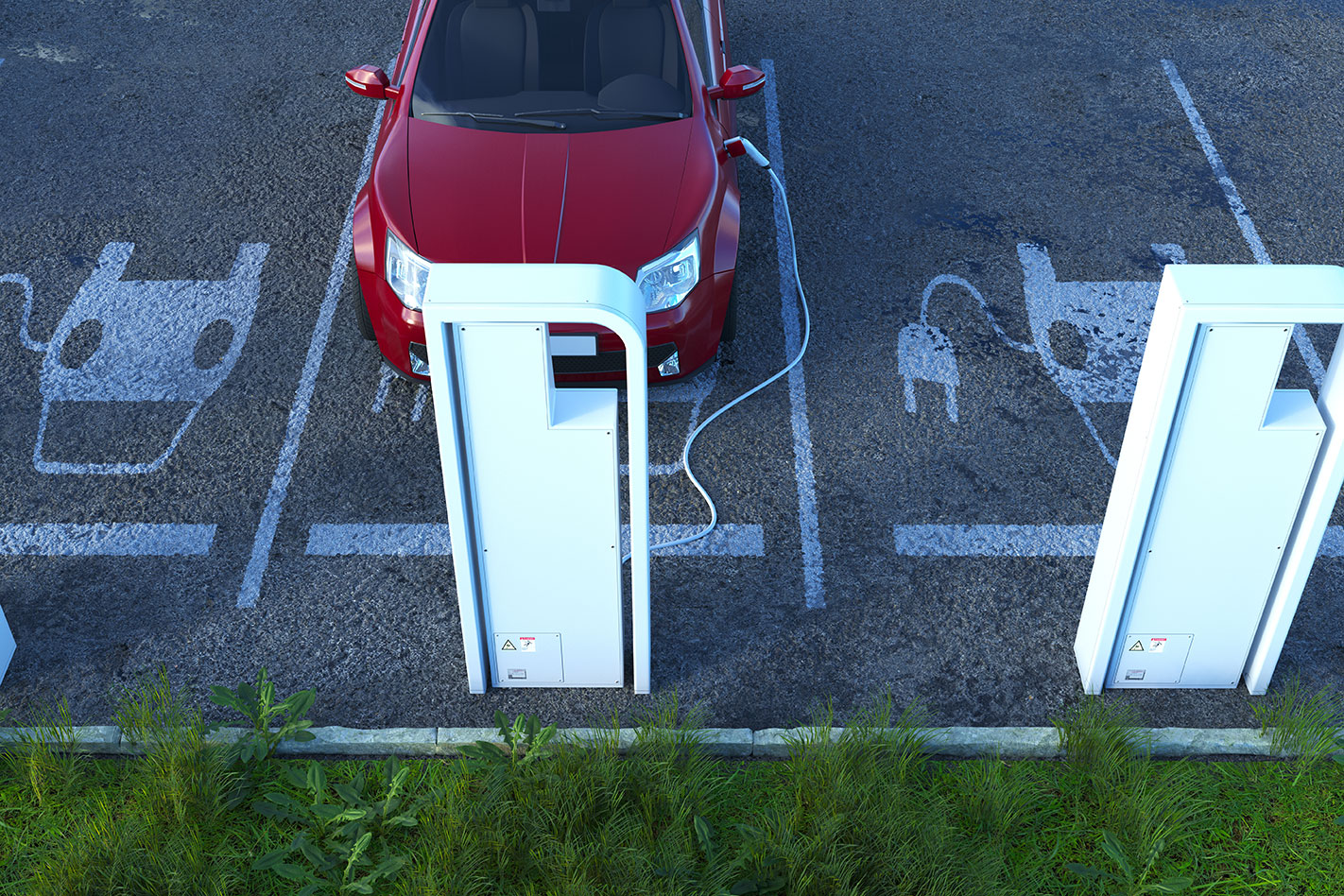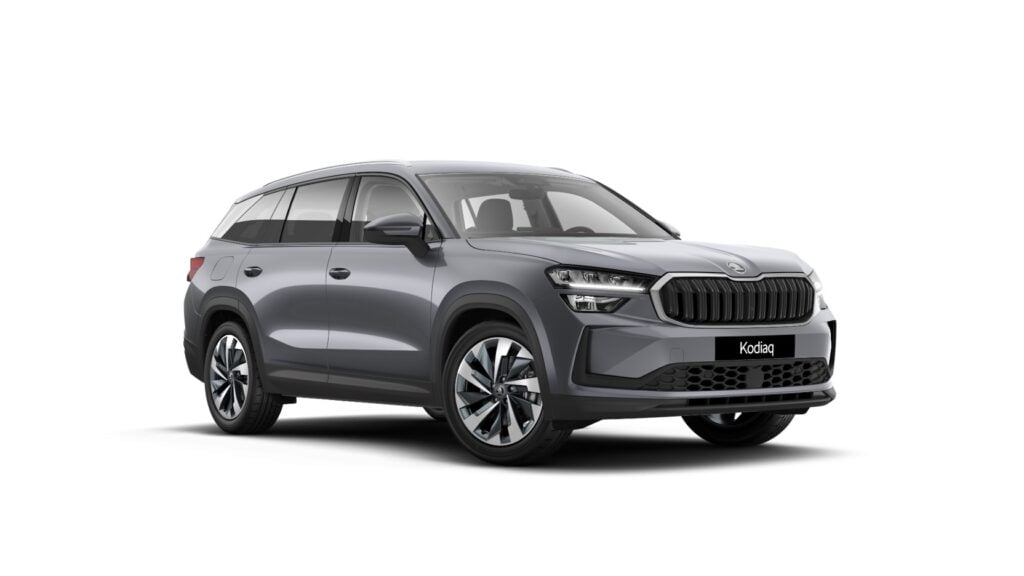
Electric vehicles could be cheaper than cars powered by petrol or diesel in just six years, according to new research.
By 2027, BloombergNEF claims there will be price parity between electric vehicles (EV) and internal-combustion-engined (ICE) cars in Europe.
The research suggests larger types of electric vehicles such as SUVs and sedans could be the first to achieve equal footing by 2026, with smaller hatchbacks following a year later, reports The Guardian.
According to Bloomberg’s report, by 2026 it’s thought the average price of a mid-size vehicle powered by either electricity or fossil fuels will be €19,000 (AU$29,664) and by 2030 the predicted average cost of an EV will be €16,300 (AU$25,448) – while the average ICE car will have gone up to €19,900 (AU$31,072).

That’s a big change from today’s prices of €33,300 (AU$51,985) for an EV and €18,600 (AU$29,032) for an ICE car. So by 2030, the average electric car is expected to actually cost less than an ICE-powered one, and that’s before you even consider tax incentives.
The newspaper also claims however others are expecting costs to even out sooner – with investment firm UBS saying it thinks EVs will cost the same to manufacture as their ICE counterparts by 2024.
As manufacturers create space within their factories for dedicated EV production lines and batteries become less expensive to make, carmakers are more easily able to pass on the reduced costs to their customers.
A study commissioned by European-based non-profit Transport and Environment predicts that battery prices will fall by 58 per cent within the next 10 years.
Combine price parity with the growing increase in tighter emissions regulations worldwide, and EVs are really starting to close the gap.
Got a tip-off for a story? Get in touch: [email protected]




